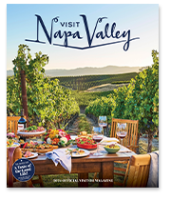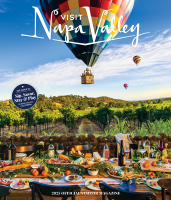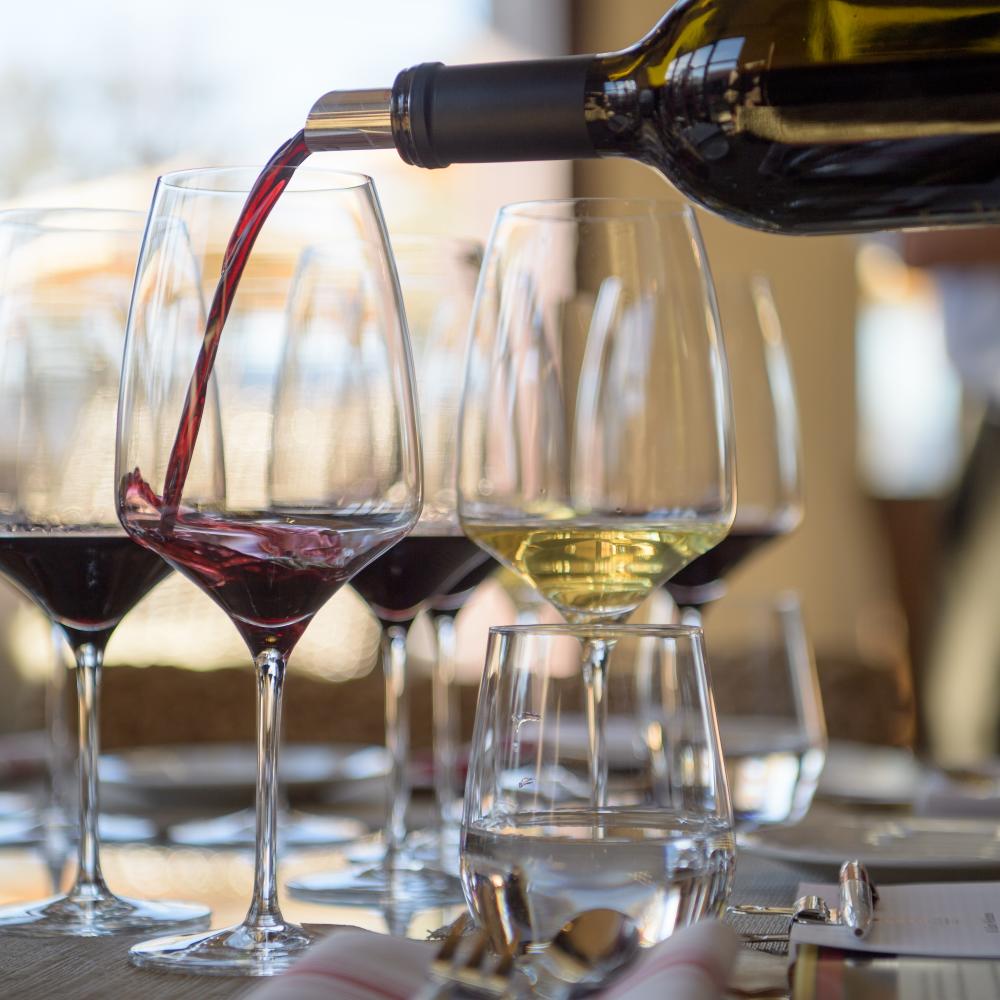
Napa Valley Wine Tasting Tips
Make a Reservation
-
It's always a good idea to schedule your appointments well in advance of your visit because some of the more popular wineries and tasting rooms fill up their reservations weeks in advance.
-
Some wineries are so small or off-the-beaten-track that they need to know when you are coming so someone will be there to greet you.
-
Other wineries have permit restrictions that limit the number of guests that can visit each day.
-
Many wineries have sit-down tastings that start and end at specific times.
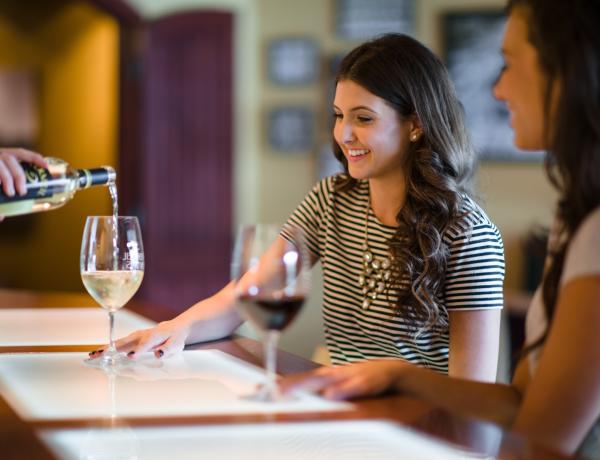
Should I tip?
The short answer is yes. While tasting rooms charge a fee for the experience, your host will be spending time with you to explain what you're drinking and be available to answer any questions you might have about the wine and the winery, or even about Napa Valley in general. Even if you bought a bottle of wine, your host will appreciate a tip for the service, especially if you had a great experience.
How much do you tip at wineries?
- Stand-up bar tasting: Recommended $10 – $15 per couple.
- Seated tasting: Recommended $15 – $20 per couple.
- Boutique wineries tasting: Recommended $20+ per couple.
- Private tours & VIP experiences: Recommended $20+ per couple.
- Large groups & Bachelorette parties: Recommended 20% of the total winery cost.
Tasting Fees
Tasting fees vary and there is no typical fee for a wine tasting – the average cost of a basic wine tasting is about $40 in Napa Valley. They can be as low as $20 and go as high as $200 or more for an elevated experience that might include a tour, lunch, class, or seminar. Depending on the winery and activity, most wineries package experiences into a flat fee with the tasting.
Some wineries will even waive tasting fees when purchasing bottles of wine so feel free to ask the winery or tasting room when you visit what their policy is around tastings and bottle purchases.
Additional Tips
How many wine tastings can we do in one day?
We recommend 2 or 3 winery visits, but not more than that as most experiences take a minimum of 90 minutes and there is travel time in between. You can also hire a driver or tour company to drive you to the wineries, and they can even plan your day of tastings.
Should I purchase bottles of wine at a tasting?
If you enjoy the wine you tasted and want to show your support, buy some bottles or sign up for a wine club. Some wineries and tasting rooms have a specific policy about waiving the tasting fee when a particular amount of wine is purchased. Many wine clubs offer perks like complimentary tastings, discounts, and exclusive invitations to educational tastings and seminars.
Can I wear perfume or cologne to a winery?
It's best to avoid too much perfume or cologne as it can mask the aroma of the wine, and smell is important to wine tasting. Scents can ruin the tasting experience for everyone within nose-shot.
Can I wear jeans to a winery?
Yes! Jeans are acceptable year-round – we call it wine country casual (for women — sundresses, blouses and skirts, nice jeans, wedges, sandals, etc.; for men – golf shirts, khaki pants, nice jeans, dressier shorts, stylish sneakers, boat shoes, etc.).
A more upscale winery might call for darker denim, and be sure to dress in layers as many winery experiences take place outdoors and tours often take guests through wine caves and chilled cellar areas.
Know How to Taste Wine
- See — Observe the color and clarity of the wine. Color can be affected by age, varietal and barrel process.
- Swirl — Lightly twirl the stem of the glass, keeping the bottom of the glass on the table if you are worried about spilling. This allows some oxygen into the wine that will help its aromas open up.
- Sniff — Hold the glass a few inches from your nose, then let your nose drop into the glass. Older wines often have nuanced, subtle aromas that are difficult to identify. Don't worry if you can't always recognize an aroma.
- Sip — Take a sip and let it linger in your mouth. Roll the wine around in your mouth, exposing it to all of your taste buds.
- Spit — Spit into a "dump bucket" if you don't want to get inebriated.
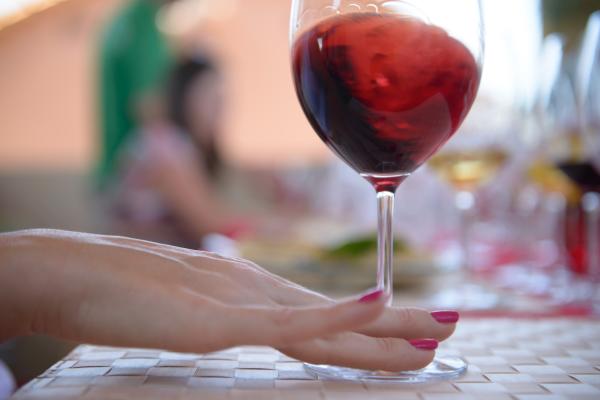
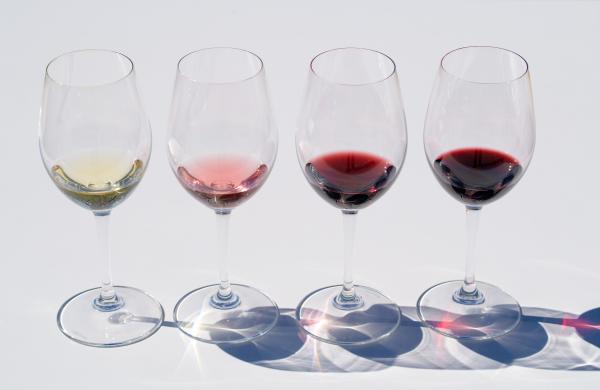
Tasting
Terminology
Acidity — The tartness or crispness of a wine that makes your mouth salivate. Wines with no acidity as referred to as flat or flabby.
Balanced — When all components of a wine - alcohol, acidity, sugars and tannin - are working in harmony.
Body — The impression of weight on your palate - light, medium and full are common body qualifiers.
Breathe — The process of letting a wine open up via the introduction of air.
Corked — Corked wine is a term for a wine that has become contaminated with cork taint. Corked wines smell and taste of damp, soggy, wet or rotten cardboard.
Full-bodied — A wine that is high in alcohol and flavors.
Mouthfeel — How the wine feels on your palate - it can be silky, smooth, rough, chewy.
Nose — The aromas and bouquets of a wine.
Reserve — A largely American term indicating a wine of higher quality; it has no legal meaning.
Tannins — Extracted from grape seeds and skins, tannins taste astringent or chalky and add body and structure to wine.
Viticulture
Terminology
Biodynamic farming — A method of organic farming emphasizes the use of manures and composts and excludes the use of artificial chemicals on soil and plants. This method includes spiritual and mystical perspectives.
Brix — The scale winemakers use to measure sugar quantity in grape berries or juice. Winemakers use Brix as one way to determine ripeness.
Estate — 100% of the wine from grapes grown on land owned or controlled by the winery, which must be located in a viticultural area. The winery must crush and ferment the grapes and bottle the wine in a continuous process on their premises.
Organic farming — Grapes grown without the aid of chemical-based fertilizers, pesticides or herbicides.
Sustainable farming — Farming based on a system that maintains its own viability by using techniques that allow for continual reuse.
Terroir — The combination of soil, climate and all other factors that influence the ultimate character of a wine.
Veraison — The color change of grapes on the vine, the softening of the berries and the sweetening of the flavors, indicating the onset of ripening.

